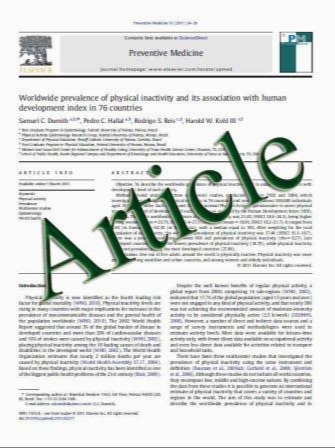Comparative study of DFDBA in combination with enamel matrix derivative versus DFDBA alone for treatment of periodontal intrabony defects at 12 months post-surgery
- نوع فایل : کتاب
- زبان : انگلیسی
- مؤلف : Simone Domenico Aspriello & Luigi Ferrante & Corrado Rubini & Matteo Piemontese
- چاپ و سال / کشور: 2010
Description
The aim of this randomized double-blind, clinical trial was to compare the use of enamel matrix derivative (EMD) and demineralised freeze-dried bone allografts (DFDBA) with DFDBA alone for the treatment of human periodontal intrabony defects at 12 months post-surgery. Fifty-six intrabony osseous defects in 56 periodontis patients were randomly assigned to the test group (DFDBA + EMD) or the control group (DFDBA) for periodontal treatment. Clinical and radiographic measurements were made at the baseline and after 12 months. Compared to baseline, the 12-month results indicated that both treatment modalities resulted in significant changes in all clinical parameters (gingival index, bleeding on probing, probing depth (PD), clinical attachment level (CAL), gingival recession; P<0.05) and radiographic parameters (hard tissue fill (HTF) and bone depth reduction; P<0.05). Furthermore, statistically significant differences were found in the test group compared to the control group in PD reduction (5.0 mm vs. 4.0 mm; P< 0.05), CAL gain (4.0 mm vs. 3.25 mm), and HTF (4.0 mm vs. 3.5 mm; P<0.05). In the test group, 25% of sites gained >4 mm of CAL, while in the control group, 7.1% of sites gained >4 mm of CAL. Both treatments showed a good soft and hard periodontal tissue response. At 12 months postsurgery, the combined use of DFDBA and EMD seemed to produce a statistically significant improvement of PD reduction, CAL gain, and HTF.
Clin Oral Invest (2011) 15:225–232 DOI 10.1007/s00784-009-0369-y Received: 10 May 2009 / Accepted: 19 November 2009 / Published online: 7 January 2010


